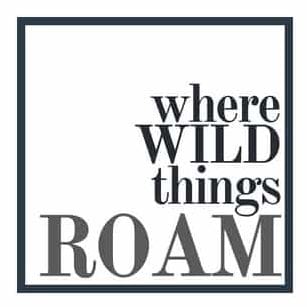Wildlife Photography in the Caprivi
Nestled in the heart of the Kavango-Zambezi Transfrontier Conservation Area (KAZA), in Namibia, the Caprivi Strip stands as a haven for wildlife enthusiasts and photographers alike. This remote and pristine region stretches like a slender finger between the sprawling landscapes of northern Namibia and the neighbouring countries of Botswana, Zambia, and Angola.
This unique region is characterized by its lush riverine forests, expansive floodplains, and meandering waterways, making it a haven for wildlife and a hotspot for conservation efforts.
National Parks and reserves

The Caprivi is a treasure trove of biodiversity, boasting a mosaic of ecosystems ranging from floodplains and savannas to lush riverine forests. This rich tapestry of habitats provides sanctuary to a plethora of iconic African wildlife, including elephants, buffalo, giraffes, lions, and an abundance of birdlife. Within this region, you will find several National parks and reserves.
Bwabwata National Park: At the heart of the Caprivi lies Bwabwata National Park, a vast expanse of wilderness that encompasses the former Caprivi Game Park and Mahango Game Reserve. Bwabwata is renowned for its diverse ecosystems, which support a staggering array of wildlife. From the iconic elephant herds that traverse its floodplains to the elusive predators that stalk its woodlands, Bwabwata offers unparalleled opportunities for wildlife sightings and photographic encounters.
Mudumu National Park: To the east of Bwabwata, Mudumu National Park unfolds like a green oasis amidst the arid landscapes of northeastern Namibia. This picturesque park is characterized by its dense woodlands, winding waterways, and rolling savannas, creating an ideal habitat for a variety of wildlife species. Visitors to Mudumu can expect to encounter herds of buffalo, antelope, and giraffes, as well as predators such as lions and leopards, all against the backdrop of stunning scenery.
Nkasa Rupara National Park: Formerly known as Mamili National Park, Nkasa Rupara is a remote and pristine wilderness area located in the southeastern corner of the Caprivi. This untamed landscape is dominated by vast floodplains, seasonal marshes, and dense riverine forests, providing refuge to a wealth of wildlife. Nkasa Rupara is particularly renowned for its birdlife, with over 450 species recorded within its boundaries, making it a paradise for birdwatchers and photographers alike.
Photographic Encounters

For wildlife photographers, the Caprivi presents endless opportunities to capture intimate moments with Africa’s charismatic fauna. Imagine the thrill of witnessing a herd of elephants quenching their thirst at the banks of the mighty Zambezi River or observing a pride of lions on the prowl in the golden light of dawn. With patience and skill, photographers can immortalize these fleeting moments, creating images that evoke the raw beauty and untamed spirit of the African wilderness.
Exploring Photographic Hotspots

Within the Caprivi, several renowned wildlife reserves and national parks offer prime photography locations. Bwabwata National Park, with its diverse habitats and abundant wildlife, is a photographer’s playground, while Mahango Game Reserve beckons with its picturesque floodplains and birdlife. The verdant woodlands of Mudumu National Park provide a dramatic backdrop for capturing wildlife in their natural habitat, while the lush oasis of the Okavango Delta offers unique opportunities for water-based photography.
Conservation in Action

Beyond its photographic allure, the Caprivi plays a crucial role in conservation efforts within the KAZA region. By promoting sustainable tourism practices and community involvement, conservation organizations and local stakeholders work tirelessly to safeguard the region’s precious natural heritage for future generations.
A number of lodges in the region work to link tourism and conservation, like Nkasa Lupala tented lodge, which is a is a joint venture between the private sector and the Wuparo Conservancy that is part of the successful and award-winning Namibian conservancies program followed by IRDNC and WWF.
Photographic Expeditions

For those seeking immersive photographic experiences, guided safaris and photographic expeditions offer invaluable insights and expert guidance. Experienced guides lead participants on unforgettable journeys through the wilderness, sharing their knowledge of wildlife behaviour and photographic techniques along the way. Where Wild Things Roam Travel can assist in planning your photography trip to the Caprivi. For more assistance in this, email Where Wild Things Roam Travel personal travel manager on kate.webster@travelmanagers.com.au.
In the Caprivi, wildlife photography transcends mere snapshots; it becomes a profound expression of reverence for the natural world. Whether capturing the majestic silhouette of a lion against the setting sun or the delicate beauty of a bird in flight, every photograph tells a story of the intricate web of life that thrives in this untamed wilderness. So pack your camera gear, embark on a photographic adventure, and discover the magic of wildlife photography in the captivating landscapes of the Caprivi.




